 Hello, gentle readers, and welcome to the RPG Reload, the weekly feature where your yen is worthless paper. Each week, we take a look at an RPG from the App Store’s past to see how it has held up against the ravages of time. It’s a chance to revisit old favorite, reflect on a game’s overall place in the greater market, or simply to take a deeper dive than our reviews typically allow for. I try to balance things out from week to week so that we cover a good variety of games from the genre, but if you feel like I’m missing anything in particular, please let me know. You can do that by commenting below, posting in the Official RPG Reload Club thread, or by tweeting me at @RPGReload. Since the schedule is planned out far in advance, I can’t promise you’ll see any suggestions soon, but they will go on the master list.
Hello, gentle readers, and welcome to the RPG Reload, the weekly feature where your yen is worthless paper. Each week, we take a look at an RPG from the App Store’s past to see how it has held up against the ravages of time. It’s a chance to revisit old favorite, reflect on a game’s overall place in the greater market, or simply to take a deeper dive than our reviews typically allow for. I try to balance things out from week to week so that we cover a good variety of games from the genre, but if you feel like I’m missing anything in particular, please let me know. You can do that by commenting below, posting in the Official RPG Reload Club thread, or by tweeting me at @RPGReload. Since the schedule is planned out far in advance, I can’t promise you’ll see any suggestions soon, but they will go on the master list.
We’ve reached the last installment of our second annual October celebration of all things spooky and scary in RPGs here in the RPG Reload. The idea is that I try to find RPGs with that good old Hallowe’en spirit to play for this month’s picks. Some of these picks may have stretched the RPG definition a bit more than I might usually allow during the rest of the year, but I doubt anyone will argue much with this week’s selection, at least. And with a few allowances, we should have enough games that fit the theme to keep this going for a few more years. Anyway, I hope you’ve enjoyed our little tribute to one of my favorite holidays.

This week is a first of sorts for the RPG Reload, though it was inevitable. Having been the unofficial RPG person at TouchArcade for a couple of years, we were going to run into games I wrote the review for sooner or later, and here we are. Our topic this time around is Atlus’s Shin Megami Tensei ($7.99), a remake of the classic 1992 Super Famicom RPG. In a somewhat unusual case, the iOS version is the only official English version of this game, and while I had hoped it would lead to localizations for the other two Japanese-only iOS Shin Megami Tensei games, it appears that this was a one-off. Well, we take what we can get, right? It helps that just as it did on the Super Famicom back in the 90s, Shin Megami Tensei fills an unoccupied hole in the App Store’s line-up of RPGs. It’s so unique, it almost has to.
Atlus is the house that built Megami Tensei, but it’s also fair to say that they’re the house Megami Tensei built. While they’ve always had other releases, the vast majority of their internally-developed catalog consists of Shin Megami Tensei games and spin-offs of the franchise. Their very first game, as near as I can tell, was the title that launched the series. Digital Devil Story: Megami Tensei released in September of 1987 on the Nintendo Famicom, published by Namcot. The game was a first-person dungeon crawler, along the lines of Wizardry, but with an interesting mechanic all of its own.
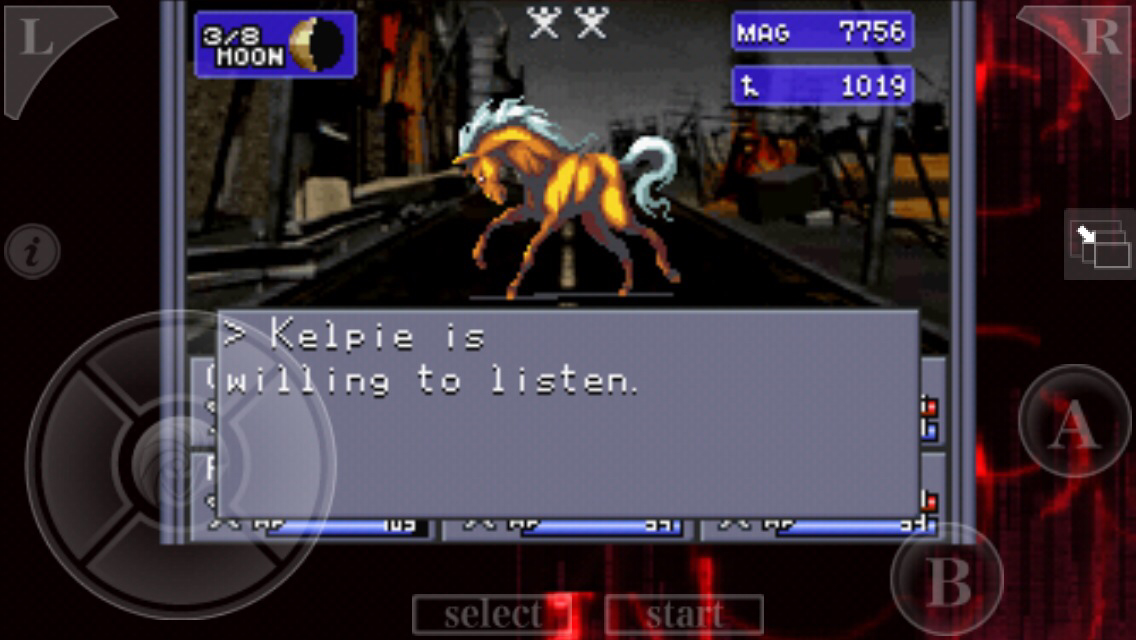
While you had a couple of regular characters who would fight, level up, and do all the other usual RPG things, the rest of your party had to be filled out with recruited enemies. Even more strangely, you recruited these monsters by talking to them. You would try to tell them what they wanted to hear, or butter them up with presents. Then, once you had them on your team, you would probably notice that they don’t level up or grow the way other party members do. Instead, if you want to make more powerful allies, you need to fuse two or more of them together to create a new one.
The gameplay systems were odd all on their own, but the game was also quite unique in its story and setting. Rather than going the typical fantasy route, or even the slightly-atypical science-fiction route, Megami Tensei took place in modern day Tokyo. Your main character is something of a computer genius high-school student who invents a program that allows him to summon demons. He intended to use them to get revenge on a fellow student who had been picking on him, but accidentally unleashed a demon plague on Tokyo. Another of his classmates, a girl named Yumiko, turns out to be the reincarnation of Izanami, a Shinto goddess of creation and death, and her power is the key to setting things right. They have to travel through a massive maze constructed by none other than Lucifer himself and do battle with fiends like Loki and Set. If it sounds like some kind of weird novel, well, that’s because it is.
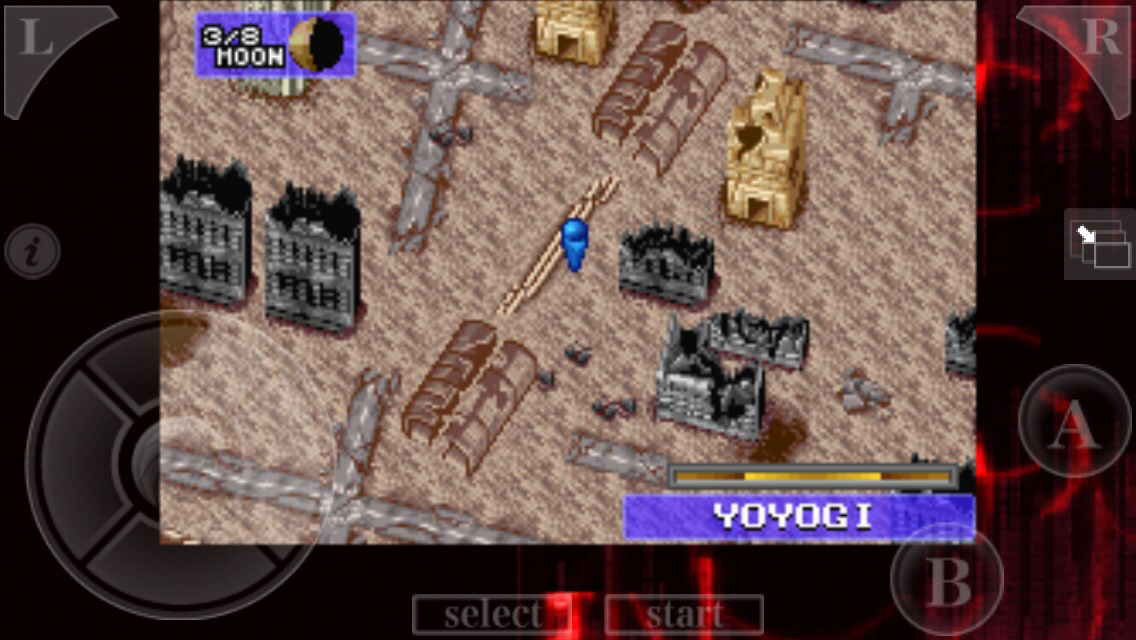
Although Megami Tensei is currently the property of Atlus, and is most famous worldwide as a series of Atlus games, the IP doesn’t actually originate with Atlus or video gaming. Instead, it comes from a series of short horror novels called Digital Devil Story, written by Aya Nishitani. Atlus and Namcot initially licensed the console game rights to the stories, and Atlus would eventually go on to buy the rights completely. Only the first game would draw directly from the story of the books, but various elements it sets down were used extensively in just about every later game in the series. I assume the first game had limited success, because it would be a few years of contract work on games like The Karate Kid and Friday the 13th before Atlus could return to make a sequel. Released in 1990, Digital Devil Story: Megami Tensei 2 made very few changes to the essential gameplay, but introduced a completely new story set in a shelter after a nuclear holocaust destroyed the world. It wouldn’t be the last time the series would play with that concept, as we’ll soon see.
Not long after the release of Megami Tensei 2, Atlus was able to set themselves up to publish games on their own, rather than just develop them. While their releases included many titles from outside developers, they were still working on games of their own. Atlus bet hard on Nintendo’s 16-bit Super Famicom, and their first internally-developed title was, unsurprisingly, a new Megami Tensei game. Dropping the Digital Devil Story prefix that was associated with the Namcot releases, Atlus dubbed their latest release Shin Megami Tensei. Mechanically, not much changed from the previous game, but the game looked and sounded a lot better thanks to the improved hardware it was running on. One major addition to the gameplay this time around was the inclusion of an alignment system, where players could, depending on their actions, end up as lawful, chaotic, or neutral, with different endings and challenges for each.

Scant months later, Atlus would release their first spin-off of the series, starting a pattern that would eventually lead to the creation of what is currently their most valuable property, the Persona series. The Shin Megami Tensei series would see several more releases, even as its star faded in comparison to its progeny. The most recent release was Shin Megami Tensei 4, which launched on the Nintendo 3DS in 2013. A follow-up to that title, Shin Megami Tensei 4 Final, is set to launch for the 3DS in Japan early next year, and I imagine a worldwide release will follow later in 2016. As for Shin Megami Tensei 1, it would see several remakes on various platforms over the years, with the latest being the iOS release. That version hit the App Store worldwide in February of 2012, but was only available in Japanese until March of 2014, when a separate app was released with an English localization.
I’ve written an awful lot about that particular version in the TouchArcade review, and I can happily report that nothing has changed since then. Rather than waste words reiterating what I already told you in that review, I’d like to spend the rest of this article talking about what I couldn’t satisfactorily discuss in that review: the story. In the interests of keeping the review a spoiler-free experience, I intentionally barely touched on the plot, characters, and how everything unfolds, but there’s no reason why I can’t cover those things here. This is a Reload, after all. So here’s your warning, friends who have not played the game: if you care about spoilers on this 23-year old game, go read my review instead and get to playing the game. From here on out, this article is going to be packed with spoilers.
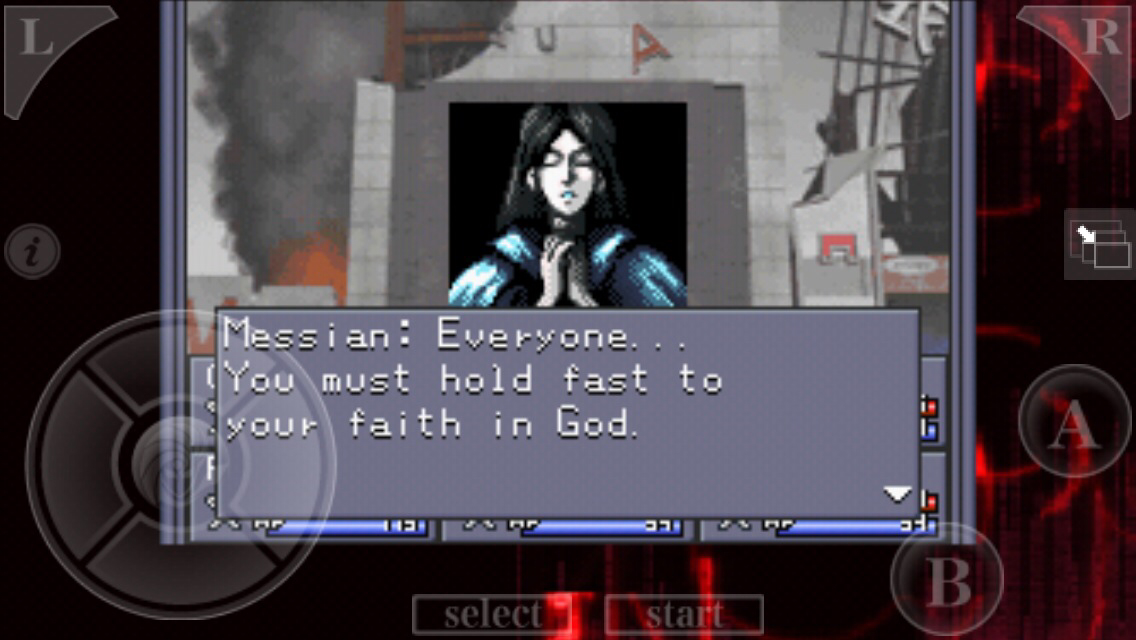
My first proper experience with the Shin Megami Tensei brand was hardly a unique one, judging by sales numbers. Although I had briefly played around with a few earlier games, the first one I fell completely into was the relatively candy-coated Persona 3, released for the PlayStation 2 in Japan in 2006 and in North America in the following year. As I usually do when I end up coming late to a series and loving it, I immediately went back and gathered all of the previously-released games to catch up. Well, not all of them in this case. It’s a pretty big series, after all. The next one I tried had come highly recommended to me: Shin Megami Tensei 3: Nocturne for the PlayStation 2. I had watched my roommate at the time play it a few years prior. He had bought it because of the guest appearance of Devil May Cry‘s Dante, though I’m not sure if he ever bothered to finish it. Something about the game had put me off, though I didn’t quite have my finger on what it was, back then.
Going into it full-force with the energy of my enjoyment of Persona 3, I finally grappled with the game long enough to sort out what I didn’t like about it. Shin Megami Tensei 3 was, I felt, intensely nihilistic. Not long after the start of the game, the whole world basically ends, and there’s no way to fix it. Demons stalked you almost everywhere you went, and the whole style of the game had a very unsettling feeling to it. It was lonely, drab, almost clinical in a way. In another way, it was incredibly oppressive, like a tunnel closing in on me the further I got. The expressive cast of Persona 3 sat in stark contrast to Shin Megami Tensei 3‘s group of disaffected opportunists. I found it so negative, I eventually set it aside, thinking that perhaps it was just latter-day Persona that I was into. Things might have stayed that way, too, were it not for one of Atlus’s other releases. Etrian Odyssey, a fantasy-based first-person dungeon crawler, had defied my personal expectations and become one of my favorite games. When word came that the team behind the Etrian Odyssey games were using its engine to make a new Shin Megami Tensei game, I was immediately on board.

Shin Megami Tensei: Strange Journey released for the Nintendo DS in late 2009 in Japan and early 2010 in North America. Though it lacked a number, it was considered part of the core series by the development team, and rightfully so. Virtually all of the core Shin Megami Tensei games share very similar structures. And so, Strange Journey also felt nihilistic, oppressive, and occasionally outright nasty. Its cast was also quite unpleasant, but somehow, I stuck it out to the end. Only then did I realize that Shin Megami Tensei is not nearly as pessimistic a series as it initially appears. In fact, it’s extremely optimistic in a certain sense. Our world may be broken, and even our essential physical forms aren’t entirely safe, but life goes on. Like a flower growing between the cracks of a sidewalk in the middle of Tokyo, something will survive.
Getting through that block helped me enjoy the rest of the games in the series, including Shin Megami Tensei 1. Its story is a smart combination of the themes of Digital Devil Story 1 and 2. We get to see a world going mad from a demon invasion, with one even going so far as eating the hero’s mother very early on. And then, just when we think we’ve got things figured out, the American Ambassador Thorman turns out to be Thor, an agent of God (the Abrahamic one), and launches a cluster of nuclear bombs at Tokyo to purge the demon threat. There’s nothing you can do to stop this. If you cooperate with Thor, he thanks you for your assistance and launches the missiles anyway. If you fight against him, he tells you after the battle that the missiles have already been launched. You might be the protagonist, but in true Megami Tensei form, you don’t get to act on the environment so much as the environment acts on you.
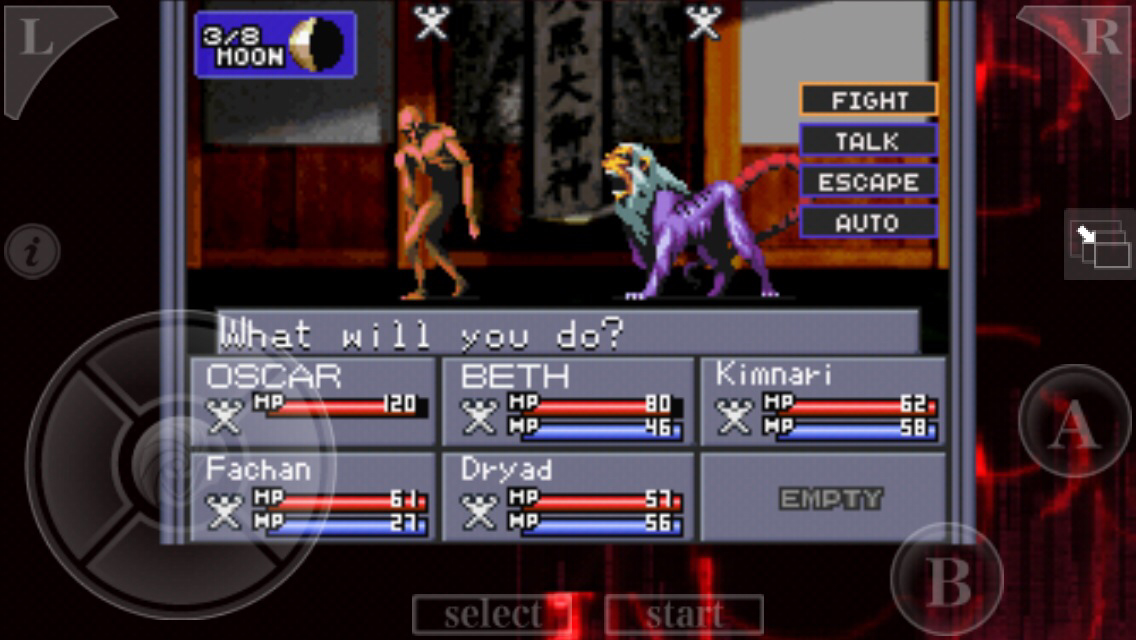
This event is the culmination of a somewhat ham-fisted battle between opposing ideologies. The invading demons spark two reactions in the population of Tokyo. The American military decides to impose martial law to try to keep order while they figure out how to get rid of the demons. A group of Japanese react strongly against this imposition and form a sort of rebel militia to try and preserve the freedom of Tokyo’s citizens. Just in case neither of those positions sit well with you, there’s a third group that is basically trying to keep those two sides from provoking each other into deadly action. You’ll have one person of each alignment join you in your party from time to time, though they all more or less behave themselves at this point of the game. Not that it matters, mind you. No matter who you side with, Tokyo will be destroyed. You can’t save the world. All you can do is guide what gets built out of the ashes.
Given there are about 20 more hours of game after the world is destroyed, you can probably guess that your character survives. Luckily, or unluckily, so do all of your companions. When you return to Earth, 30 years have passed, and wouldn’t you know it, new factions have sprung up representing the two big ideological rivals. They’ve more or less dispensed with the charades by now, however. The Messian Order represent God, and seek to establish the Thousand-Year Kingdom in hopes that God will strike the sinners from the face of the planet. They don’t put much value in freedom when it butts up against order. On the other side, the Ring Of Gaea seek to bring Lucifer back into the world to grant freedom to the strong and kick the authoritarian Messians to the curb. Yes, I can’t figure out why they didn’t localize this in the 90s either, friends. Anyway, it’s extreme justice versus extreme freedom, and whichever one wins, some people are going to lose big.
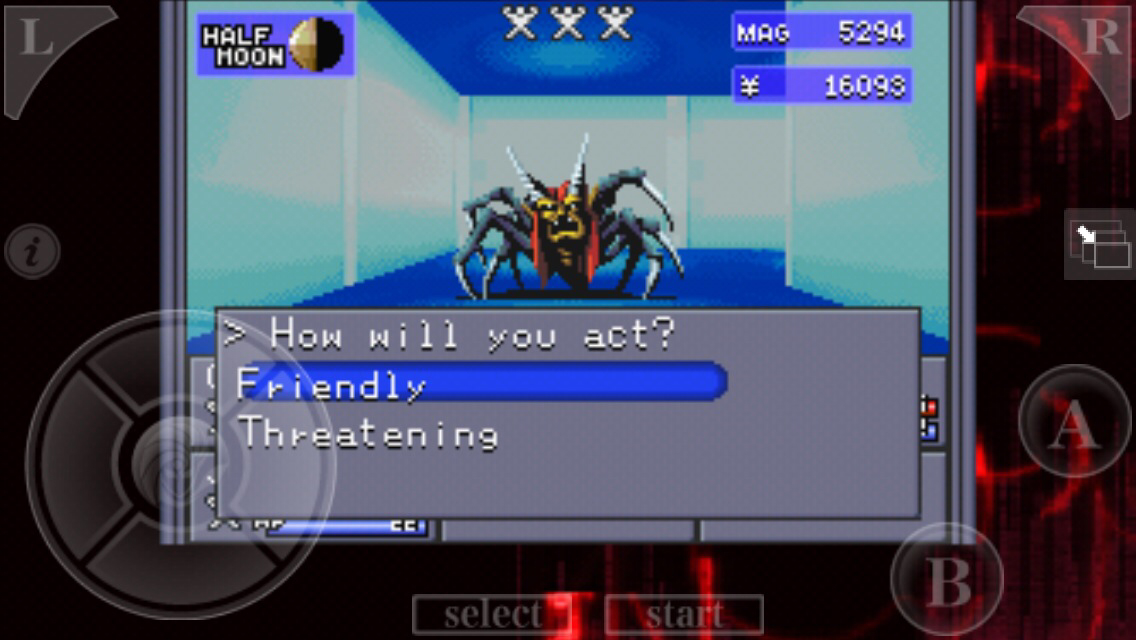
Your companions start leaning hard into their alignments from here on out, and you part ways with both of them before too long. Your chaotic friend chafes at how soft you and the law companion are. He decides he can make it on his own, and he’s more or less correct up to a point. The law companion parts under somewhat more amicable circumstances, however unfortunate they may be for him. Eventually, you’re going to have to agree with them or kill them, because Shin Megami Tensei doesn’t generally bother with shades of gray. There is a third route open to you, however. You can be neutral and aim to create a world where people can choose to follow whatever beliefs they wish to, without any gods meddling in human affairs. It sounds good, but the catch is that in opposing both, you’ll have nothing but enemies all around you.
In a game this hard, it’s the most difficult route to take, and that’s no accident. The Shin Megami Tensei series is quite fond of the Golden Mean in principle, but you’re going to have to work hard for it if you want to achieve that balance. It’s also worth mentioning that if you follow the series, the neutral ending is usually presumed to be canon. That might make it seem like it’s the preferred ending, but in truth, the protagonist’s neutrality usually ends up causing the problems that need to be solved in the next installment. Every choice has good and bad outcomes, though each will convince you as earnestly as possible that you made the correct decision. No matter what, life goes on, and there’s no truly right or wrong way for that to happen.
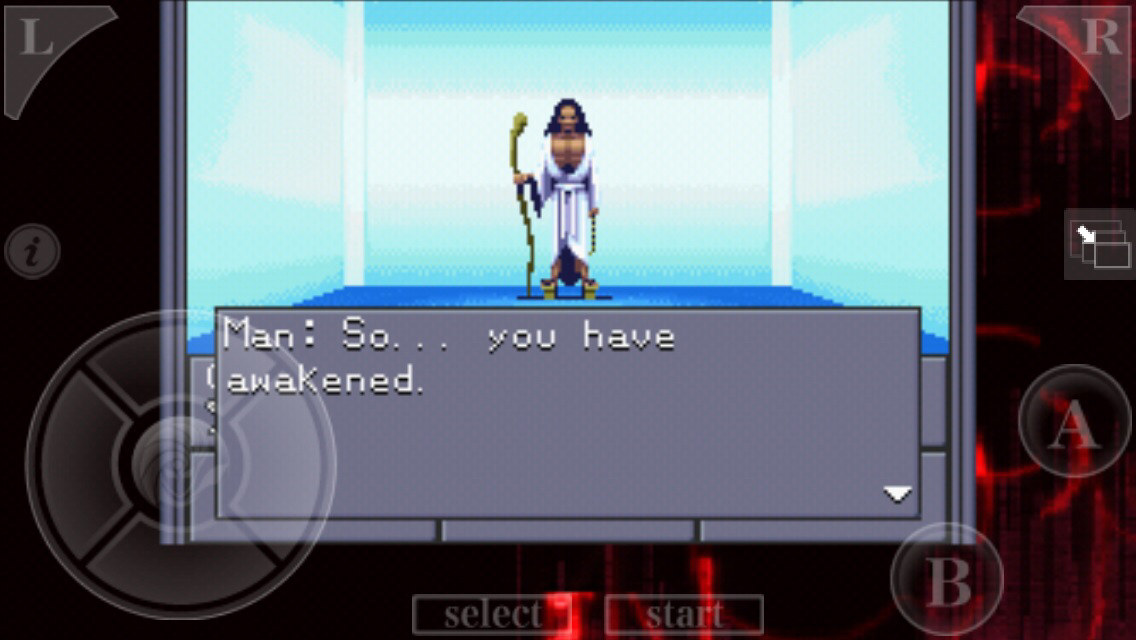
Shin Megami Tensei‘s title translates to “True Reincarnation Of The Goddess", and it’s an artifact of the books the first game was based on. In that first game, there was a literal reincarnation of a goddess, and though a few of the games that came after would have a similar character, many do not. Instead, the titular reincarnation can be found in the world itself. Only through destruction and rebirth can one’s true potential be found, it posits. It’s no surprise this kind of story would come from Japan, a country which found its highest prosperity in the wake of war’s devastation. It’s a country that is unfortunately all too aware of what can happen when ideologies are pursued to their extremes, but it also has first-hand experience about how something beautiful can grow out of destruction. A dandelion will grow between the cracks of the Tokyo sidewalk, and given enough time and opportunity, it will make a beautiful garden out of the concrete jungle. Well, like I said, it’s a strange kind of optimism.
I apologize if this was all a bit navel-gazey, but the fact that Shin Megami Tensei can get these kinds of thoughts cooking is a big part of why I love it. It’s about as subtle as a sledgehammer to the teeth, but it’s still able to make some interesting points. It might even help you understand yourself or the world around you a little better, and if an RPG can do that, you know it’s a pretty special one. But if you’re not interested in all of that, you can still appreciate it for being a tough, tense challenge that is positively flush with unique ideas and gameplay systems. If the goal of a Hallowe’en game is to play something scary, well, I can promise you that there will be times when you are afraid in Shin Megami Tensei. A little less so in this version thanks to its generous auto-save feature, but it’s still probably one of the harder RPGs you’ll play on iOS. It’s a shame it’s not a universal app, though it plays reasonably well in landscape mode on iPad, in my opinion.
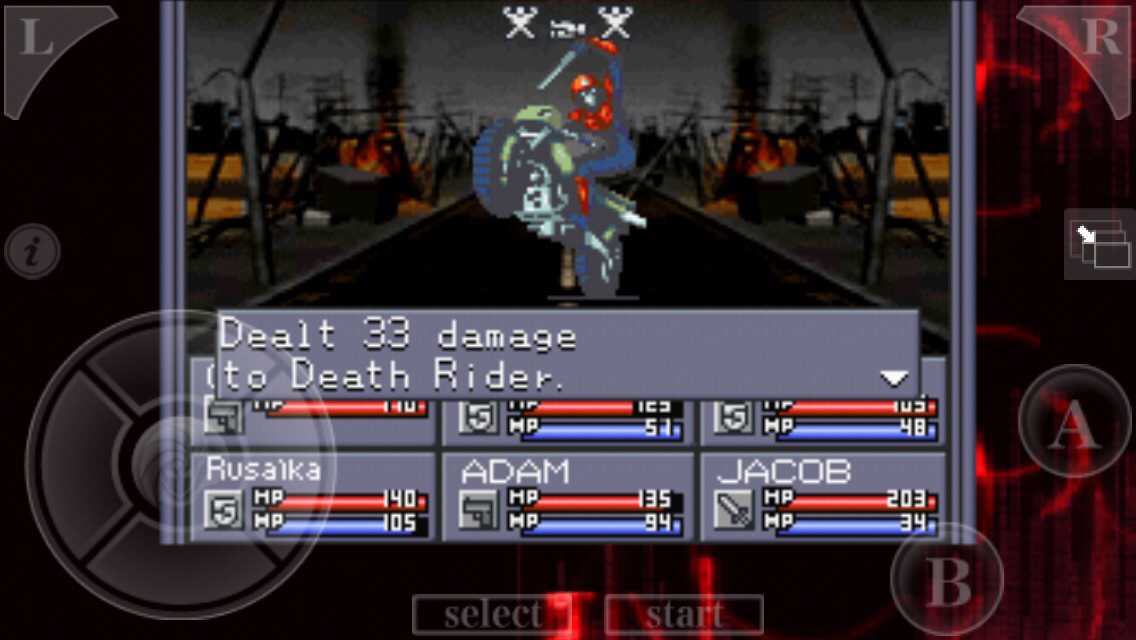
That’s just what I think of Shin Megami Tensei, though. What do you all think, friends? You can let me know by posting in the comments below, dropping in on the Official RPG Reload Club thread, or by tweeting me at @RPGReload. The next episode of the RPG Reload Podcast will be up next week, so if you have any questions for the following recording, please send them in to [email protected]. As for me, I’ll be back next week with the third part of our feature on the history of handheld RPGs. Who’s that Game Boy game? As always, thanks for reading.
Next Week’s Reload: The History Of Handheld RPGs – Part 3